The Most Beautiful Places along the Silk Road
Post Time:2019-12-23 Views:
There are many beautiful natural landscapes and historical sites along the silk road and it's time to pick a destination and start our journey!
China offers plenty of wonderful travel destinations. Here, we mapped out some places that any foreigner travelling to the country should visit. Let's take a look at the most popular scenic spots in the world.
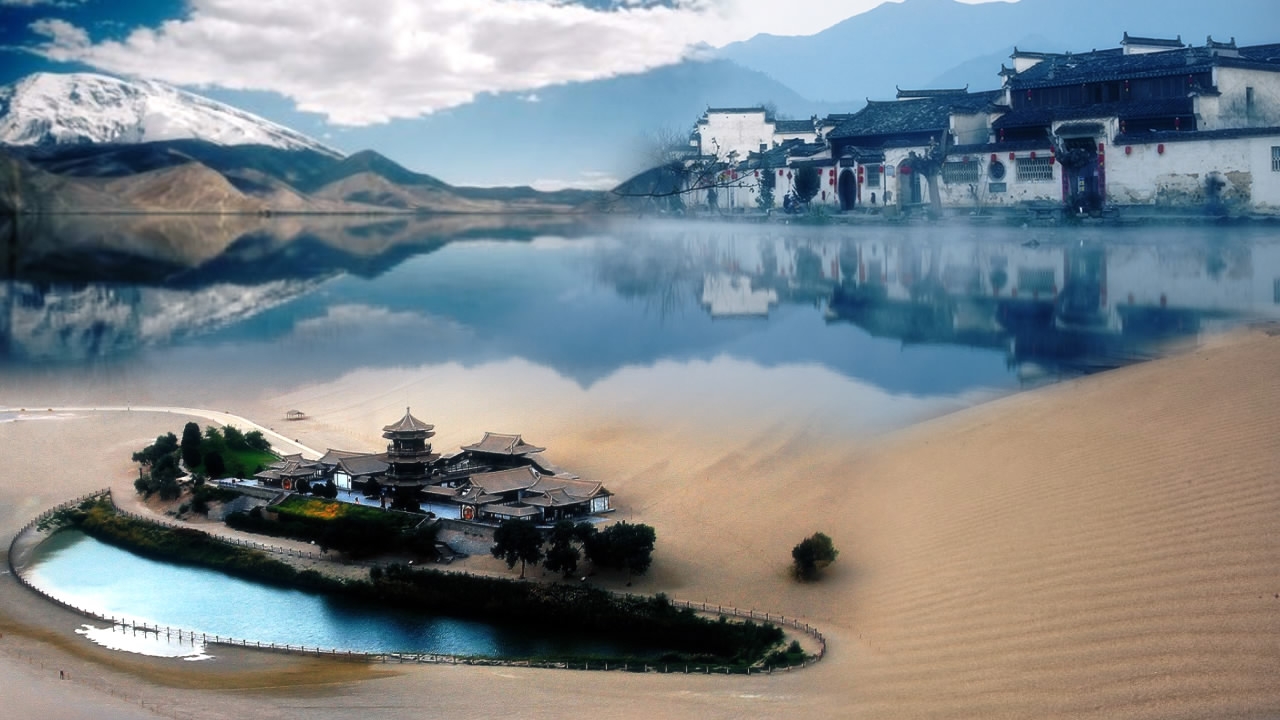
Longmen Grottoes:
Listed as a UNESCO World Heritage Site, the Longmen Grottoes represent the high point of Chinese stone carving and will blow your mind. It is home to more than 2,300 caves and niches that were delicately carved into the limestone cliffs of over one kilometre long.
There are around 110,000 Buddhist stone statues and more than 2,800 inscriptions carved on the stones, as well as plenty of historical materials regarding religion, art, calligraphy, architecture and more.
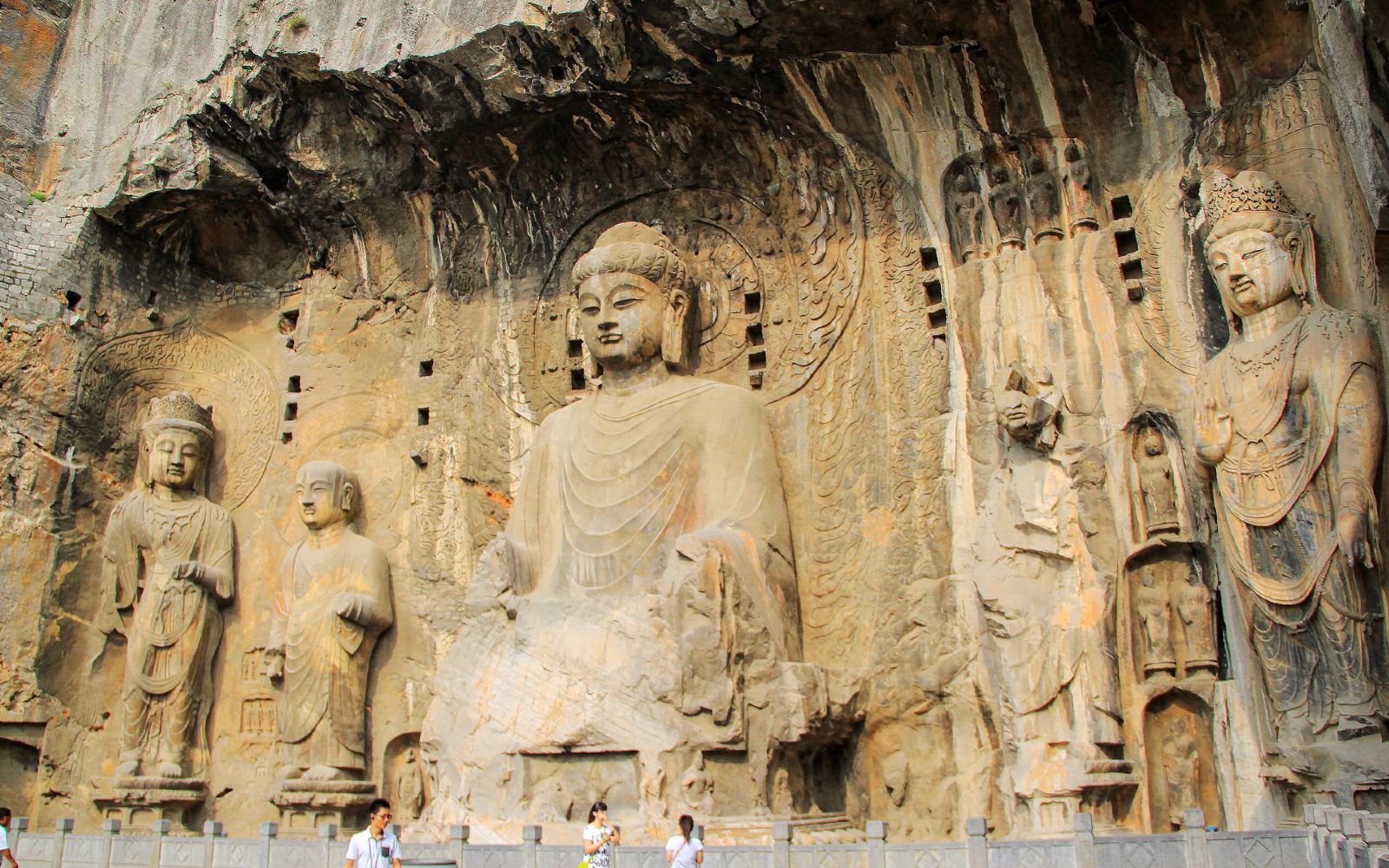
Tips:
Spring and Autumn are the best seasons to visit the Longmen Grottoes and Luoyang. Among them, Summer will be very hot and winter bitingly cold. Meanwhile, The Annual Luoyang Peony Festival from 10 to 25 April, is the best time to see the blooming peonies. There may be some interesting activities during the festival.
Yungang Grottoes:
From thumb-sized figurines to a 56-foot colossus, the Buddhist carvings at Yungang are one of the most spectacular holy sites in China.
Yungang Grottoes, located in north China's Shanxi Province, is one of the renowned Buddhist temple grottoes across the country, along with Mogao Grottoes, Longmen Grottoes, and Maijishan Grottoes.
Housing 45 major caves, 1,100 niches and more than 53,000 statues, it is the largest area of ancient grottoes in the world. The site was enlisted as a World Heritage Site by the United Nations Educational, Scientific and Cultural Organization (UNESCO) in 2001.
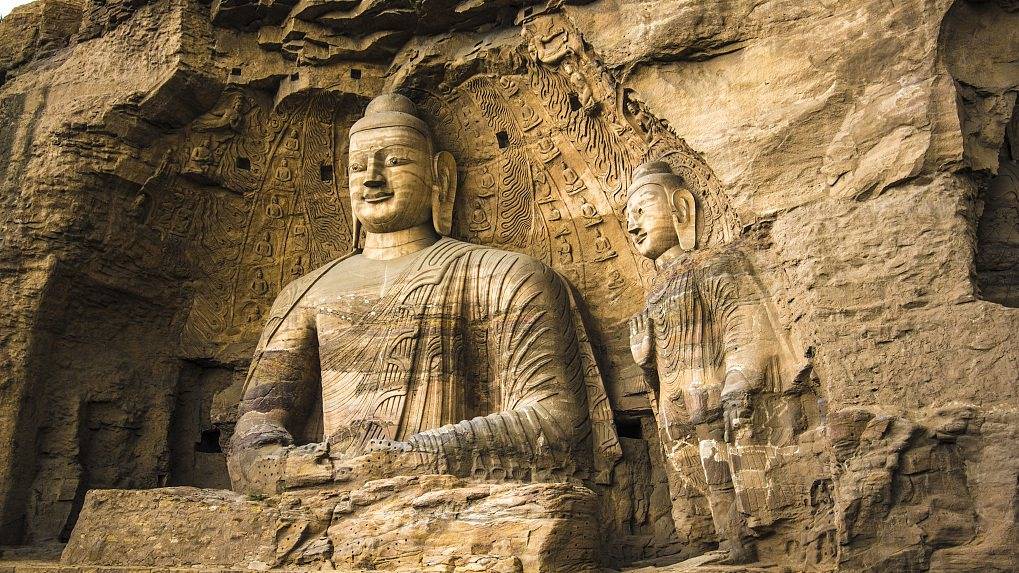
Tips:
This area is located on the Loess Plateau, more than 3,600 feet above sea level. Often affected by the Siberian cold front, the annual temperature averages between 5 degree Celsius and 7degree Celsius. Summers are cool, but in winter the temperature in July and coldest in January can drop to around -13 degree Celsius. It's hottest in July and coldest in January.
Hukou Waterfall:
Hukou Waterfalls is located at the border between north China's Shanxi Province and northwestern Shaanxi Province, Hukou Waterfalls, the second largest waterfalls in China, are also known as the largest yellow waterfalls in the world.
It looked spectacular as the mass of water, triggered by heavy torrential rains and flood discharge from upstream, rushed down, creating foam and water poles.
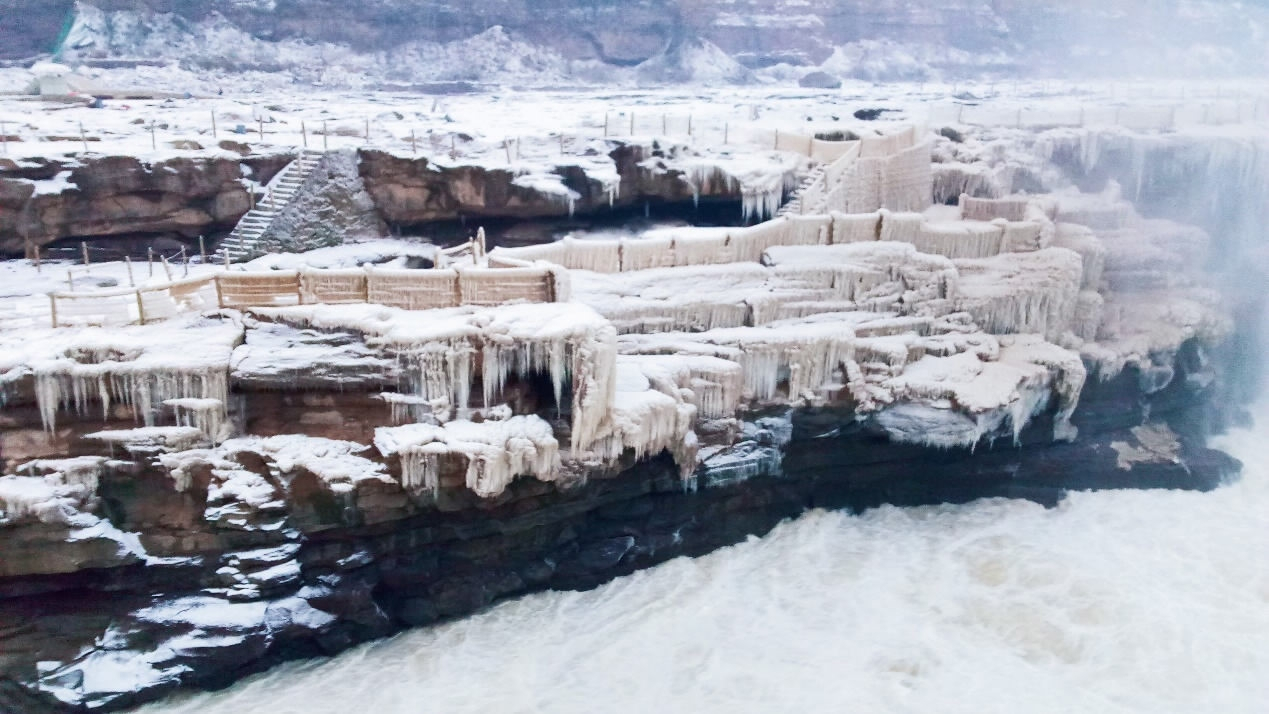
What to Visit & Best Time to Visit:
Hukou Waterfall is a popular scenic spot with spectacular gorges, splendid Loess Plateau, and ancient villages. Honoured as a wonder on the Yellow River, the unique natural landscape attracts many tourists every year. The best time for admiration is from mid-September to mid-October.
Winter is the off-peak season for the Hukou Waterfalls scenic spot but it offers unique scenery for visitors. Water rushes over the cliff and the small waterfalls on both sides freeze over, creating a unique white world of snow, water and ice.
Xi’an City Wall:
The natives always say the journey to Xi'an is not complete without visiting the Ancient City Wall, which has been stretched round to guard the inner city since the 13th century. Even nowadays, the massive, ancient City Wall is still strong and solid. It is the best-preserved city wall in China, and also one of the oldest intact military fortifications in the world.
Xi'an City Wall stretches almost 14 kilometres (8.7 miles) in length. The best way to see the entire wall might be cycling. Rental bikes are available around. If you are at a leisurely pace, biking the entirety takes approximately 1.5 to 2 hours. Keep your eyes open for the spectacular gates, ramparts, and a deep moat surrounding the wall.

Qinghai Lake:
Dazzling like a crystal-clear gem, Qinghai Lake is the largest inland lake as well as saline in China. Surrounded by lofty mountains, the lake features two sub-lakes: a saline Gahai Lake and a freshwater Erhai Lake.
Be it the blue sky and water, the green grassland or mesmerizing landscapes – Qinghai Lake boasts great charms that are worth exploring.
Qinghai Lake is a paradise for bird lovers as many different kinds of birds would fly here to breed in May and June due to the mild weather. Meanwhile, for cyclists, cycling around the lake not only allows them to enjoy the beauty of the lake view but also while away the time.
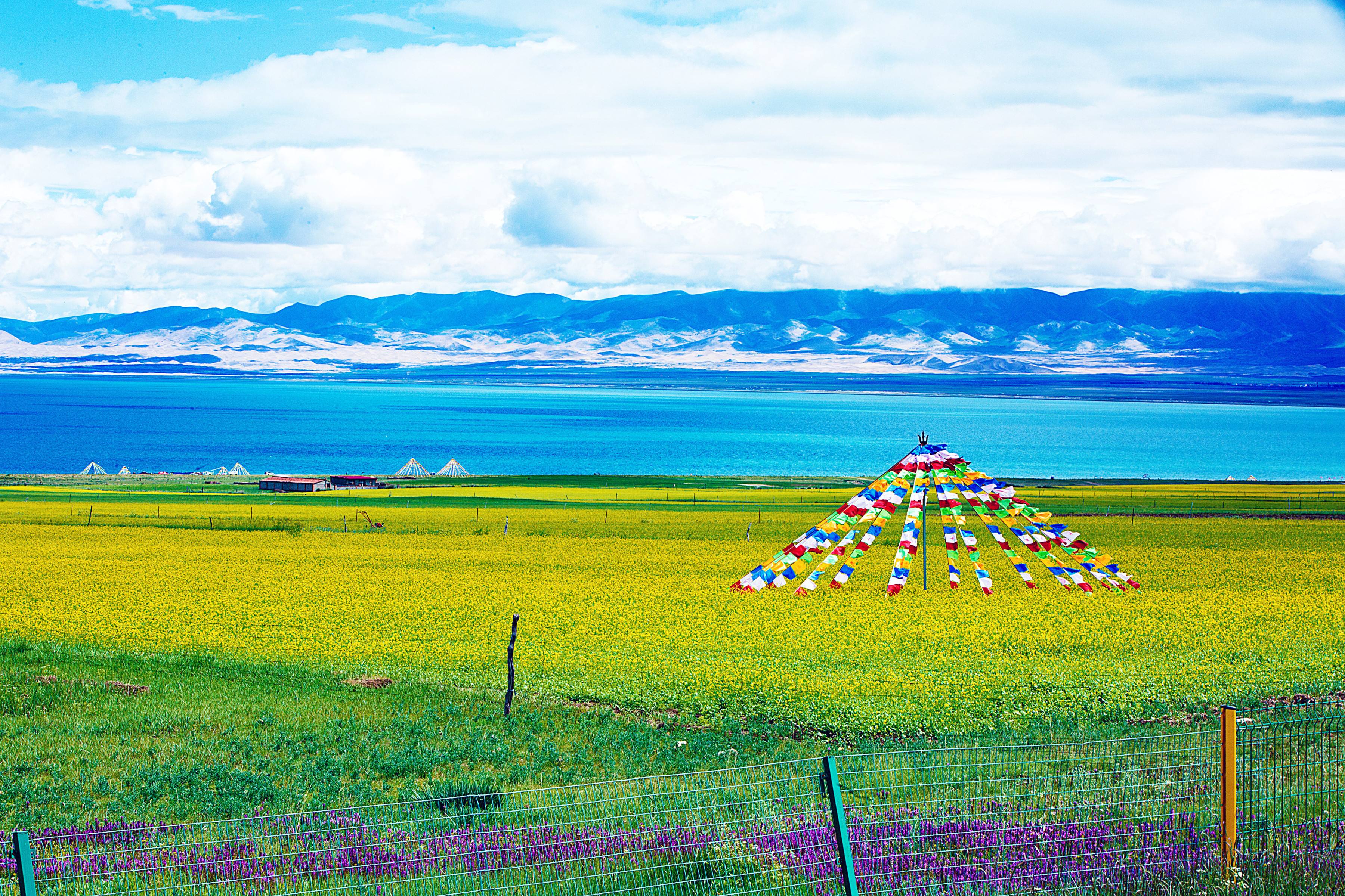
Tips:
The best time to visit the Qinghai Lake is from April to August as numerous Cole flowers blossom along the lake during that time, forming breathtaking scenery for visitors. In addition, May and June is the best season for bird lovers.
Mingsha Mountain and Crescent Moon Spring:
Six kilometres south of Dunhuang at Singing Sands Dune, the desert meets the oasis in the most spectacular view. From the sheer scale of the dunes, it's easy to see how Dunhuang gained its name "Town of Sand". In the same area is the Shallow Spring fed Crescent Moon Lake, which forms an oasis at the desert's edge. A peculiar natural phenomenon occurs when standing on top of the dune. If it's a windless day, a sound similar to a flute can be heard, but if there are many people descending the dune at once it becomes a thunderclap.
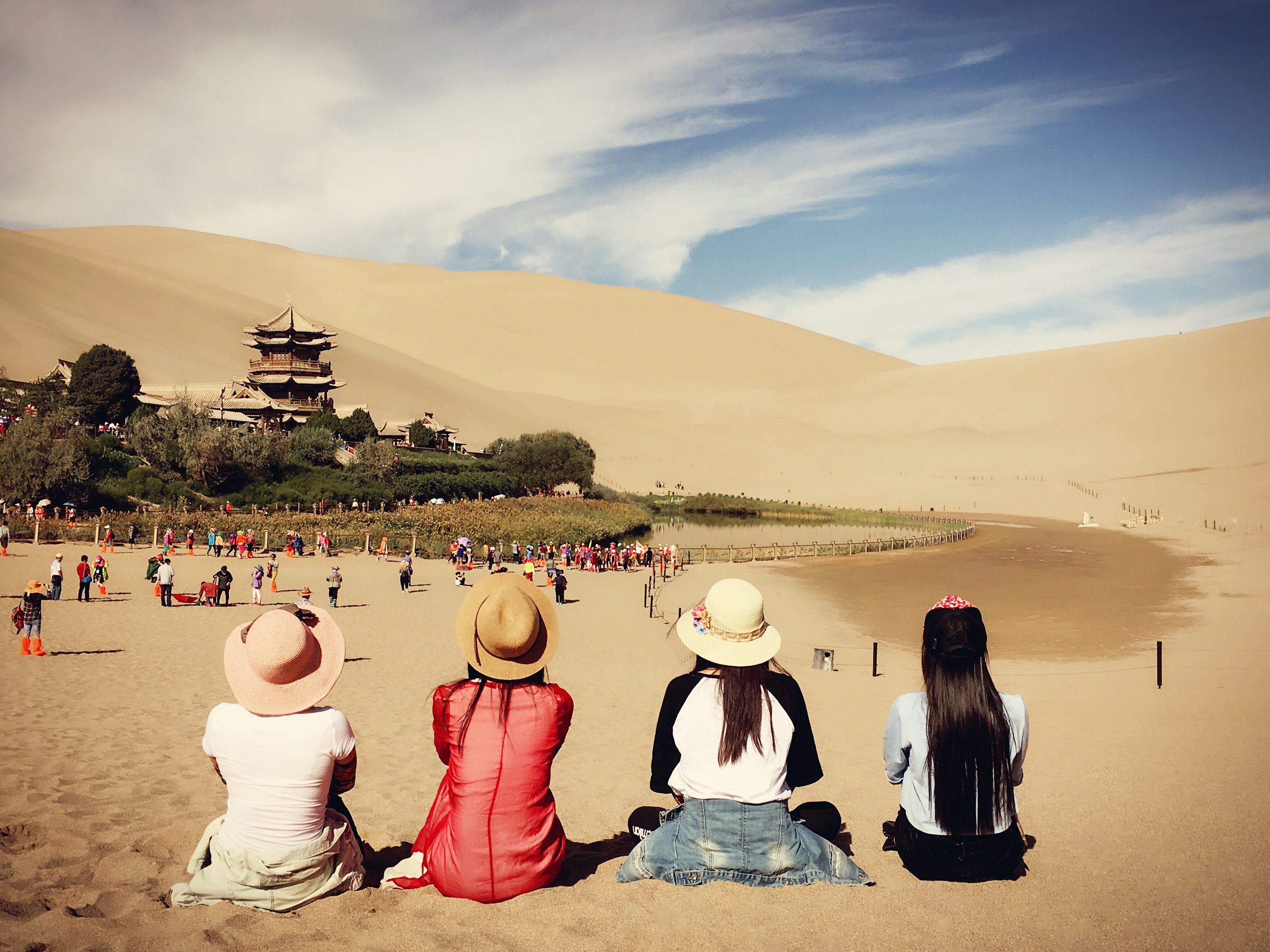
Karakul Lake, Kashgar
On the Pamir Plateau of northwest China's Xinjiang Uygur Autonomous Region, there is a lake surrounded by snow-covered mountains. Karakul Lake, famous for its colour-changing water and breathtaking views, is a wonderland hidden in the mountains.
Karakul Lake is a glacial lake. It is located in Akto County of the Kizilsu Kirgiz Autonomous Prefecture, 196 kilometres away from Kashgar City of Xinjiang. It has an altitude of 3,600 meters and is the highest lake on the plateau. From the lake, three snow-capped mountains are visible: Muztagh Ata, Kongur Tagh and Kongur Tiube. All the peaks are more than 7,000 meters in elevation.
Lake Karakul's water changes its colour depending on the weather. On a clear day, the blue sky lets the lake appear blue and azure. And a cloudy day makes the water look dark because of the reflection. Besides, different depths of the lake contribute to the different colours.
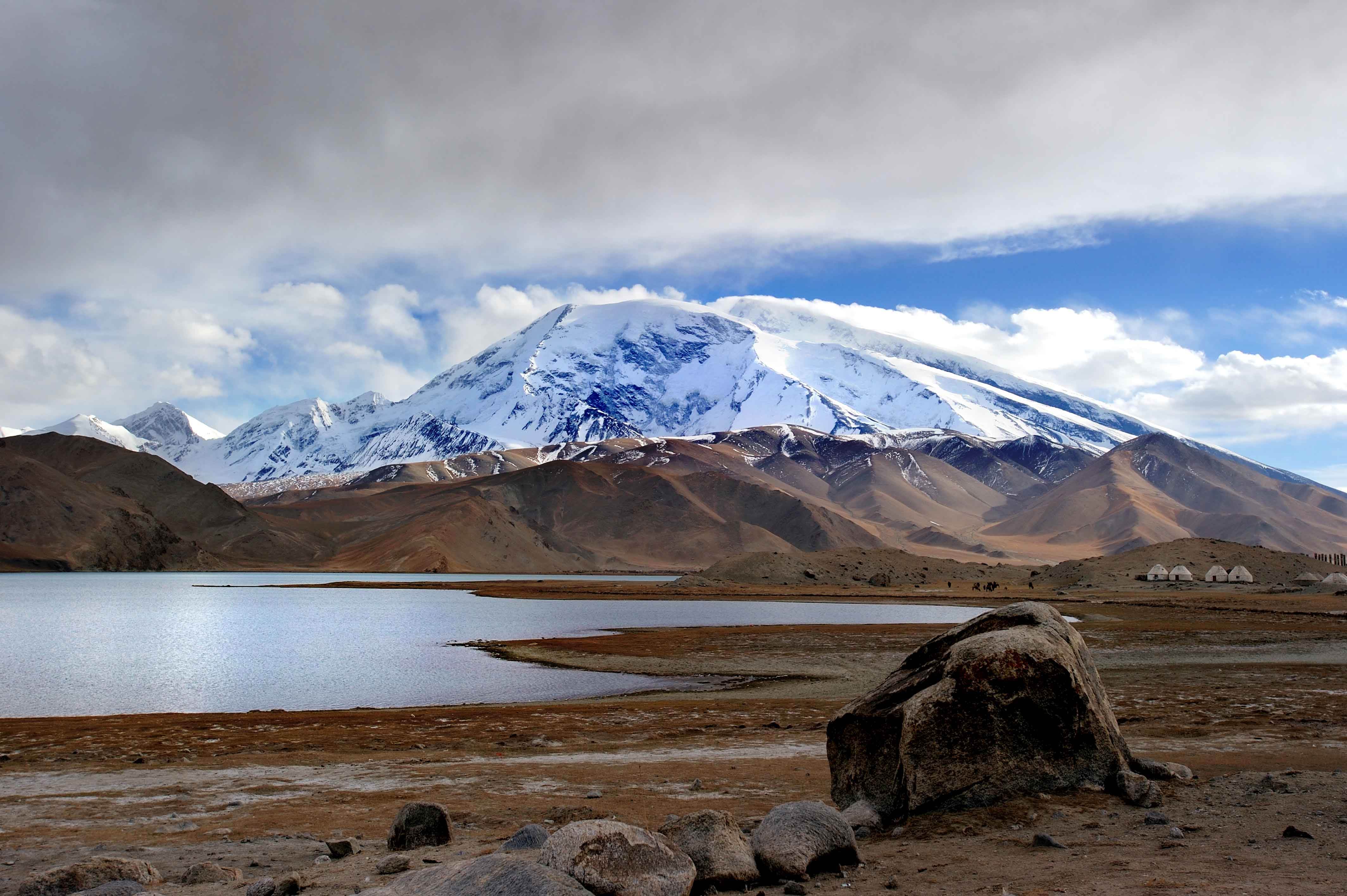
Nalati Grassland:
Located at the foot of Tianshan Mountains and the east section of Ili River Valley. Nalati scenic area always knows how to attract more travellers to come here. It is one of the highest grasslands in the world nicknamed the "Sky Grassland.”
The River Valley grassland, also known as Panlong Valley Road, is the favourite pasture of Kazakhs with the rich landform, dense vegetation, abundant streams, warm climate and many grasslands on slopes. when you visit the grassland, you will be attracted by these splendid views such as the winter nests scattered among the valleys and jungles, the yurts of herdsmen on the two sloping grasslands, these elegant blue-and-white domes plus the green forests to name just a few.

When is the best time to visit?
The best time to visit Nalati Grassland is between June and September when the grassland is carpeted with colourful wildflowers and wandering herds of goats, sheep, and cows.
Tips:
The road trip in Xinjiang might take a longer time than other routes due to its vastness. It's hard to digest them all, but with the completion of the road trip, you might have some clues why it's been described as China's best-kept secret.
China offers plenty of wonderful travel destinations. Here, we mapped out some places that any foreigner travelling to the country should visit. Let's take a look at the most popular scenic spots in the world.

Longmen Grottoes:
Listed as a UNESCO World Heritage Site, the Longmen Grottoes represent the high point of Chinese stone carving and will blow your mind. It is home to more than 2,300 caves and niches that were delicately carved into the limestone cliffs of over one kilometre long.
There are around 110,000 Buddhist stone statues and more than 2,800 inscriptions carved on the stones, as well as plenty of historical materials regarding religion, art, calligraphy, architecture and more.

Tips:
Spring and Autumn are the best seasons to visit the Longmen Grottoes and Luoyang. Among them, Summer will be very hot and winter bitingly cold. Meanwhile, The Annual Luoyang Peony Festival from 10 to 25 April, is the best time to see the blooming peonies. There may be some interesting activities during the festival.
Yungang Grottoes:
From thumb-sized figurines to a 56-foot colossus, the Buddhist carvings at Yungang are one of the most spectacular holy sites in China.
Yungang Grottoes, located in north China's Shanxi Province, is one of the renowned Buddhist temple grottoes across the country, along with Mogao Grottoes, Longmen Grottoes, and Maijishan Grottoes.
Housing 45 major caves, 1,100 niches and more than 53,000 statues, it is the largest area of ancient grottoes in the world. The site was enlisted as a World Heritage Site by the United Nations Educational, Scientific and Cultural Organization (UNESCO) in 2001.

Tips:
This area is located on the Loess Plateau, more than 3,600 feet above sea level. Often affected by the Siberian cold front, the annual temperature averages between 5 degree Celsius and 7degree Celsius. Summers are cool, but in winter the temperature in July and coldest in January can drop to around -13 degree Celsius. It's hottest in July and coldest in January.
Hukou Waterfall:
Hukou Waterfalls is located at the border between north China's Shanxi Province and northwestern Shaanxi Province, Hukou Waterfalls, the second largest waterfalls in China, are also known as the largest yellow waterfalls in the world.
It looked spectacular as the mass of water, triggered by heavy torrential rains and flood discharge from upstream, rushed down, creating foam and water poles.

What to Visit & Best Time to Visit:
Hukou Waterfall is a popular scenic spot with spectacular gorges, splendid Loess Plateau, and ancient villages. Honoured as a wonder on the Yellow River, the unique natural landscape attracts many tourists every year. The best time for admiration is from mid-September to mid-October.
Winter is the off-peak season for the Hukou Waterfalls scenic spot but it offers unique scenery for visitors. Water rushes over the cliff and the small waterfalls on both sides freeze over, creating a unique white world of snow, water and ice.
Xi’an City Wall:
The natives always say the journey to Xi'an is not complete without visiting the Ancient City Wall, which has been stretched round to guard the inner city since the 13th century. Even nowadays, the massive, ancient City Wall is still strong and solid. It is the best-preserved city wall in China, and also one of the oldest intact military fortifications in the world.
Xi'an City Wall stretches almost 14 kilometres (8.7 miles) in length. The best way to see the entire wall might be cycling. Rental bikes are available around. If you are at a leisurely pace, biking the entirety takes approximately 1.5 to 2 hours. Keep your eyes open for the spectacular gates, ramparts, and a deep moat surrounding the wall.

Qinghai Lake:
Dazzling like a crystal-clear gem, Qinghai Lake is the largest inland lake as well as saline in China. Surrounded by lofty mountains, the lake features two sub-lakes: a saline Gahai Lake and a freshwater Erhai Lake.
Be it the blue sky and water, the green grassland or mesmerizing landscapes – Qinghai Lake boasts great charms that are worth exploring.
Qinghai Lake is a paradise for bird lovers as many different kinds of birds would fly here to breed in May and June due to the mild weather. Meanwhile, for cyclists, cycling around the lake not only allows them to enjoy the beauty of the lake view but also while away the time.

Tips:
The best time to visit the Qinghai Lake is from April to August as numerous Cole flowers blossom along the lake during that time, forming breathtaking scenery for visitors. In addition, May and June is the best season for bird lovers.
Mingsha Mountain and Crescent Moon Spring:
Six kilometres south of Dunhuang at Singing Sands Dune, the desert meets the oasis in the most spectacular view. From the sheer scale of the dunes, it's easy to see how Dunhuang gained its name "Town of Sand". In the same area is the Shallow Spring fed Crescent Moon Lake, which forms an oasis at the desert's edge. A peculiar natural phenomenon occurs when standing on top of the dune. If it's a windless day, a sound similar to a flute can be heard, but if there are many people descending the dune at once it becomes a thunderclap.

Karakul Lake, Kashgar
On the Pamir Plateau of northwest China's Xinjiang Uygur Autonomous Region, there is a lake surrounded by snow-covered mountains. Karakul Lake, famous for its colour-changing water and breathtaking views, is a wonderland hidden in the mountains.
Karakul Lake is a glacial lake. It is located in Akto County of the Kizilsu Kirgiz Autonomous Prefecture, 196 kilometres away from Kashgar City of Xinjiang. It has an altitude of 3,600 meters and is the highest lake on the plateau. From the lake, three snow-capped mountains are visible: Muztagh Ata, Kongur Tagh and Kongur Tiube. All the peaks are more than 7,000 meters in elevation.
Lake Karakul's water changes its colour depending on the weather. On a clear day, the blue sky lets the lake appear blue and azure. And a cloudy day makes the water look dark because of the reflection. Besides, different depths of the lake contribute to the different colours.

Nalati Grassland:
Located at the foot of Tianshan Mountains and the east section of Ili River Valley. Nalati scenic area always knows how to attract more travellers to come here. It is one of the highest grasslands in the world nicknamed the "Sky Grassland.”
The River Valley grassland, also known as Panlong Valley Road, is the favourite pasture of Kazakhs with the rich landform, dense vegetation, abundant streams, warm climate and many grasslands on slopes. when you visit the grassland, you will be attracted by these splendid views such as the winter nests scattered among the valleys and jungles, the yurts of herdsmen on the two sloping grasslands, these elegant blue-and-white domes plus the green forests to name just a few.

When is the best time to visit?
The best time to visit Nalati Grassland is between June and September when the grassland is carpeted with colourful wildflowers and wandering herds of goats, sheep, and cows.
Tips:
The road trip in Xinjiang might take a longer time than other routes due to its vastness. It's hard to digest them all, but with the completion of the road trip, you might have some clues why it's been described as China's best-kept secret.
 Xinjiang China Travel is specialiesed in organizing the Classic Ancient Silk Road Tour,and we are the professional Xinjiang Tour experts.We arrange both large and small group tours and specialize in vacation planning. We pride ourselves in helping people plan the vacation adventure that is right for them. Even only one person coming, we also can provide personalized service for you. With many years of experiencebehind us,we always offer the best value,most comfort and flexible tour for you,you will never feel rush and tired.
Xinjiang China Travel is specialiesed in organizing the Classic Ancient Silk Road Tour,and we are the professional Xinjiang Tour experts.We arrange both large and small group tours and specialize in vacation planning. We pride ourselves in helping people plan the vacation adventure that is right for them. Even only one person coming, we also can provide personalized service for you. With many years of experiencebehind us,we always offer the best value,most comfort and flexible tour for you,you will never feel rush and tired.
Our Blog
- Silk Road Private Tour
- Silk Road Train Tours
- Silk Road Tour for Senior Citizens
- Silk Road Tour from Malaysia
- Silk Road Travel from Australia
- Silk Road Tours in 2020
- Zhang Qian's Mission to the Western...
- Chinese Food Culture
- Mogao Cave 275 (Northern Liang 421-...
- Xuanzang: A Buddhist Pilgrim on the...



